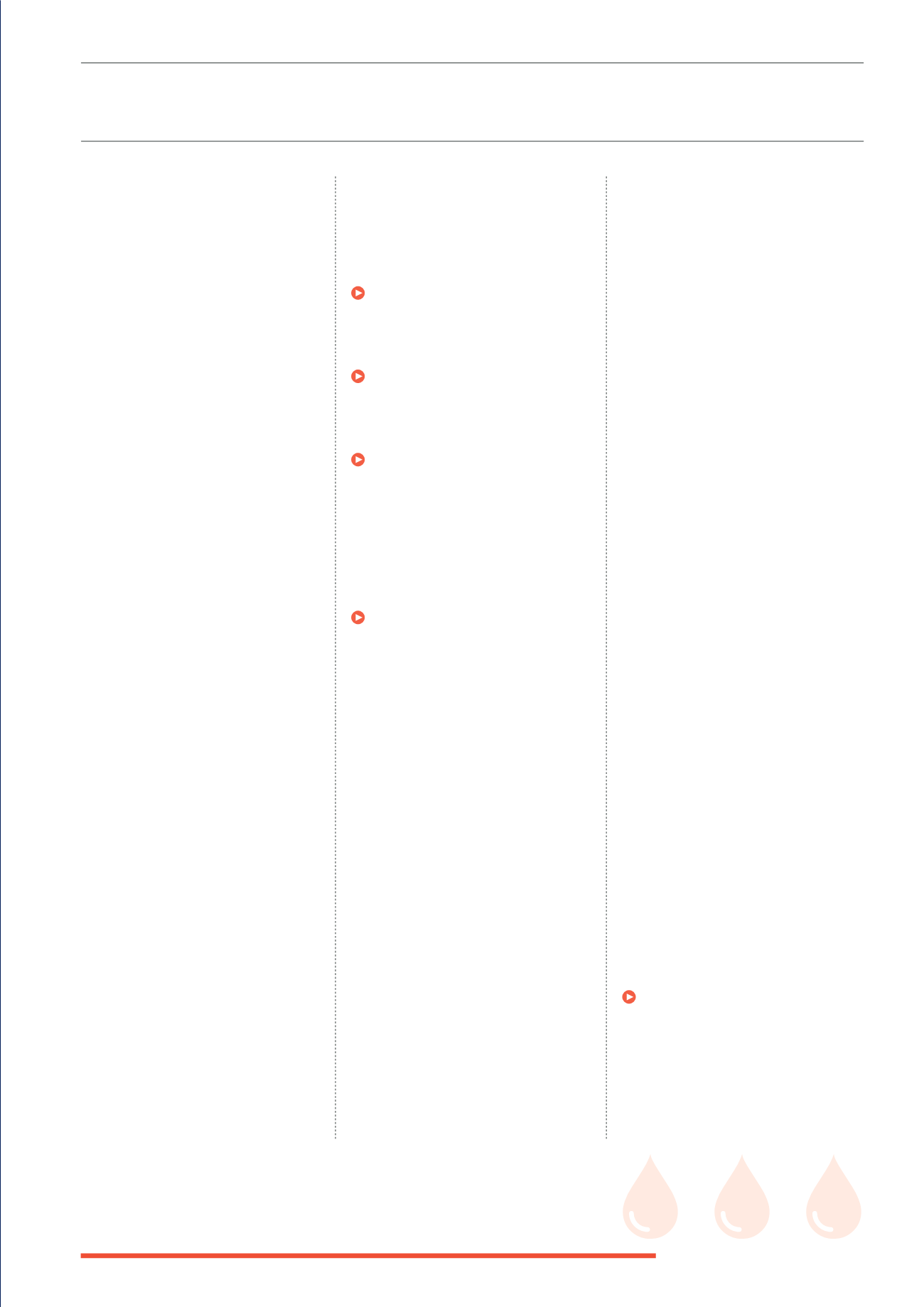
27
Higher levels of gearing obviously
increase the risk that investors are
exposed to (as well as potential
upside). This would be an important
consideration for BPR products that
are primarily focused on capital
preservation. Managing the risk to a
minimum without the trade becoming
contrived is the key to success and
excessive levels of gearing would seem
to contradict this objective.
INTEREST RATES
A final investment risk, mentioned
earlier in the report, would be an
interest rate rise - if interest rates rise,
the returns targets by BPR products
might not look as attractive as they do
today, with rates at 0.5%. (Although if
interest rates rise, we may see the yields
from the underlying investments rise as
well. This is a scenario where the level of
gearing becomes very pertinent. A rise
in the price and yield of the underlying
assets will be magnified by gearing,
provided it exceeds any rise in the
manager’s cost of borrowing. Investors
and their advisers must decide if they
are happy juggling these kinds of
variables in an estate planning solution).
TAX RISKS
T
he next risk is that the investee
company does something that
compromises its BPR qualifying status.
This might include:
Branching out into excluded activities
to the extent that they are considered to
“mainly” comprise the firm’s activity (see
Qualifying Assets section)
Holding cash or assets that are not
considered to be needed for the future
of the business (Qualifying Assets
section again)
Listing on a recognised exchange
(this can be a primary or a secondary
listing. Some AIM listed companies -
which do qualify - raise money for
overseas activities by making a
secondary listing in the territory they
are operating in and this can be a
breach of the BPR qualification criteria)
Being taken over and merged into a
quoted company - something that
would usually be seen as a great
investment outcome, but in this case
would be working against the
investment objective!
It is the responsibility of the IHT product
managers to work with the management
teams of the investee companies
to ensure those investors’ interests
are looked after, including retaining
BPR qualifying status. Influencing
and guiding the boards of investee
firms is something the managers are
familiar with anyway as small company
investment managers: successful small
company investors can influence the
investee companies to protect the rights
of vulnerable small shareholders.
Where the underlying investments are
unlisted companies and partnerships,
this task is likely to be somewhat easier
as they have much closer relationships
with the managers and fewer competing
interests. AIM listed companies might
have bigger ambitions and more
stakeholders with different objectives,
and with managers very unlikely to have
board representation or a controlling
share, looking out for the BPR status
can be a harder task. On the other hand,
AIM listed companies may be obliged
to have more formal governance
structures in place.
Although it is something that the
managers take responsibility for and
have strong track records on, none of
the investment managers in this space
guarantee that all of the underlying
assets will retain BPR qualifying status.
Although managers have successfully
mitigated against it so far, investors
must be mindful that loss of status still
very much remains as a risk. They are
relying upon their investment managers
to have another (non-core) skill set:
managing the tax status.
SYSTEMIC RISK
Tax evasion, tax avoidance, tax planning
and tax efficiency are controversial
topics that are often discussed in the
media (and the discussion usually
confuses or misuses those terms).
Inheritance tax in particular is an
emotive topic as it raises questions of
fairness, equality and social mobility.
As such it can be a political football,
something politicians of all colours like
to kick about in an effort to differentiate
themselves from their opponents and
win voters over. (We cover the recent
political statements on IHT and some of
the broken promises we’ve had over the
years in a separate section.)
What this means is that BPR
investments are at risk of change in
government policy. This risk really
breaks down into two parts:
A change in the nil rate band - if it
were to be raised significantly, then for
many people it may mean that there is
no need to invest in BPR qualifying
assets in order to protect their estates
from IHT. If the sole objective was IHT
mitigation and this could be achieved by
keeping the estate in cash or property,
“AIM is now home to over
1,000 companies which vary
hugely so a strict approach to
stock selection is important
for any investment manager.
An advisable approach is to
avoid speculative companies
in the oil, mining and
technology sectors that are
both loss making and cash
consuming. Investors also
need to steer clear of highly
acquisitive companies or those
with aggressive new business
models”
SamMcArthur, PUMA Investments
“Nobody can guarantee BPR qualification”


